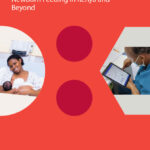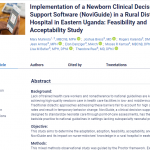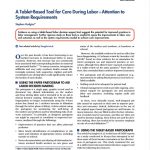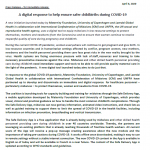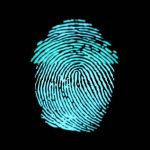Digital health refers to the use of mobile information and communications technology devices, including basic cell phones, smart phones, tablets, and devices that can attach to any of those, to support health programming.
Digital health projects around the world have demonstrated the potential of this technology to expand access to medical education and training for health workers, increase efficiency and decrease cost of service delivery, and extend the reach of health information and services to hard-to-reach populations.
5.44b
number of unique mobile phone users on the planet by January 2023 (68% of world population)
92
percentage of users accessing the internet via mobile phones
3.2
percent growth of total mobile phone users over the last year, with 168 million new mobile users.
Source for above as of January 2023. All data on this page represents the most recent data available. Please visit our Newborn Numbers page and download the Excel spreadsheet to explore the data further.
There are at least 11 ways digital health is used globally
- Client education and behavior change
- Sensors and point of care diagnostics
- Registries and vital events tracking
- Electronic health records
- Electronic decision support for providers, such as algorithms for community healthy workers who are diagnosing and treating disease
- Provider-to-provider communication
- Provider work planning and scheduling
- Provider training and education
- Human resources management
- Supply chain management
- Financial transactions and incentives
Digital Health Tools & Resources

